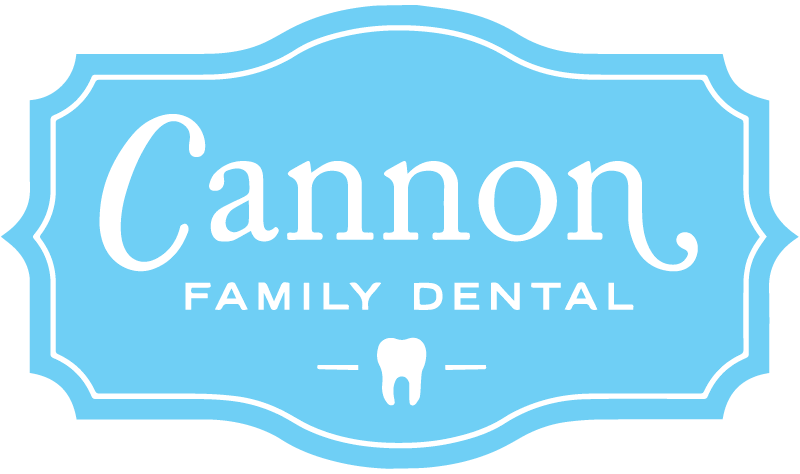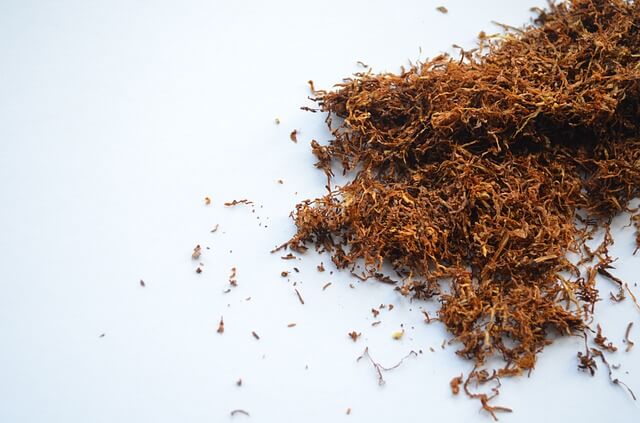According to the Centers for Disease Control, 10.5% of U.S. young men ages 18-25 used smokeless tobacco in 2012 and as many as 2.2% of middle school boys used smokeless tobacco (AGD Impact, May 2015, p. 19). Over the past 15 years there has been growing numbers of smokeless tobacco users among young women and girls.
A user typically places the smokeless/chewing tobacco between his cheek and gums for a prolonged period of time. This exposes tissues to sugars, causing tooth decay and gum recession. Additionally, the toxins within smokeless tobacco pose a risk of oral, esophageal, stomach, bladder, and pancreatic cancers.
Smokeless tobacco also contains nicotine, a known addictive product. Smokeless tobacco is considered a gateway drug to cigarettes.
Dissolvables are a relatively new smokeless tobacco product. They can be purchased at convenience stores and often look and taste like candy. The nicotine they contain is addictive, and the tobacco has the same risks as other tobacco products: gum disease; oral, esophageal, stomach, bladder, and pancreatic cancers. “Starting with your mouth, wherever that track goes, you are bathing your tissues in carcinogens” says Dr. Larry Williams, DDS, clinical assistant professor at Midwestern University College of Dental Medicine (AGD Impact, May 2015, p. 20).
Photo by PublicDomainPictures (Pixabay)

